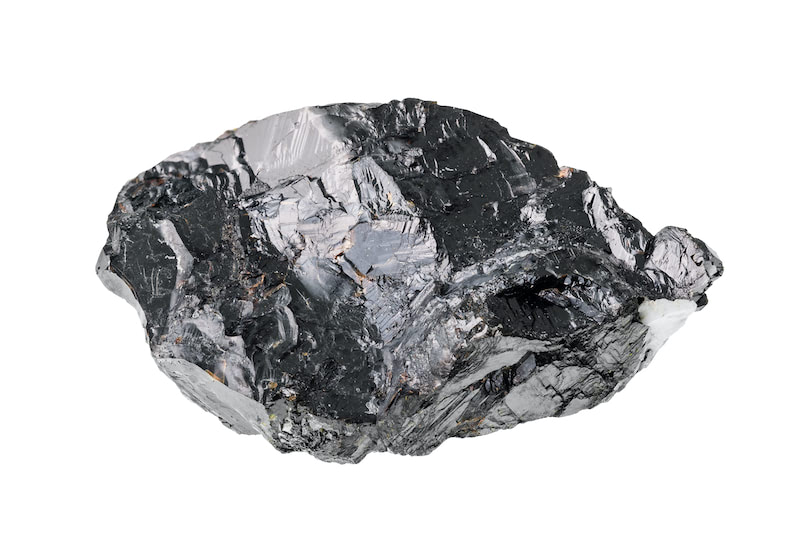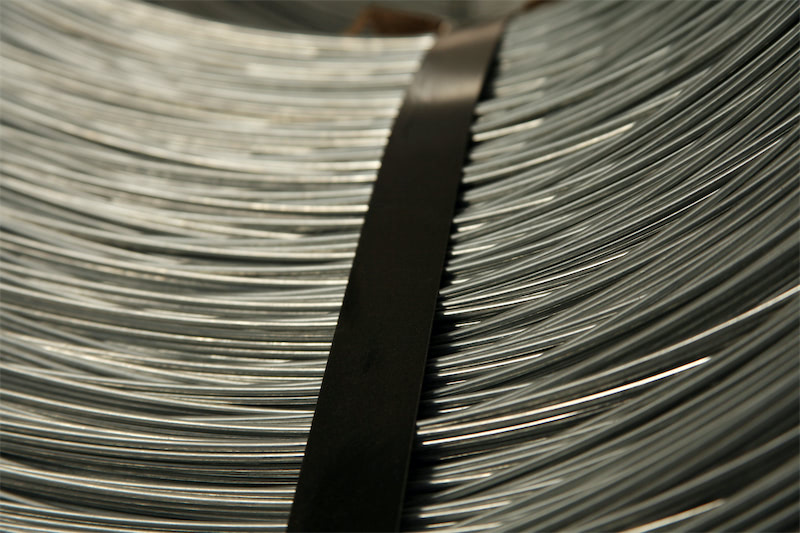






SHANGHAI, Oct 11 (SMM) - Recently, the domestic and overseas aluminium market saw again disturbances!
On September 27, Hydro Aluminium, Europe's largest producer of primary aluminium, said it would partially cut primary aluminium production of Hydro Karmoy and Hydro Husnes aluminium smelters in Norway in response to the reduced demand for aluminium extrusion round ingots in the European market. The decision equals to reducing primary aluminium production by 110,000-130,000 mt/year.
Since the second half of the year, aluminium smelters in Europe are still constrained by factors such as high energy prices and weak demand. There are frequent news of production reductions by smelters in the region, and subsequent production reductions may continue. According to SMM statistics, considering the production reduction plan of Hydro's plants in Norway in the later stage, the reduction in overseas production will expand from 1.53 million mt to around 1.82 million mt in the future.
At the same time, it is reported on September 30 that LME was discussing whether and under what circumstances to ban new supplies of Russian metals such as aluminium, nickel and copper, which led to a surge in LME aluminium. On October 7, the LME officially launched a market discussion paper on whether to impose sanctions on Russian metals in 2023, barring its new supply from entering the market.
It is understood that Russia is rich in mineral resources, and its metal production accounts for a relatively high proportion of global supply. It is the main producer of copper, aluminium and nickel. The annual production capacity of Rusal United Company is about 4.5 million mt, accounting for 6% of the total global aluminium capacity, and 13% when excluding China. Rusal produced 3.6 million mt of aluminium 2021. In addition, Rusal is the largest supplier of aluminium in Europe, with 40% of its production supplied to Europe.
Some analysts believe that the sanctions may change the global aluminium supply and demand pattern.
SMM believes that if the LME ban on Russian aluminium is approved, it will inevitably affect the market circulation and trading of Russian metals overseas. If Russian aluminium companies are unable to ship normally because of this ban, they will have to find other markets and trading methods, including the possibility of accepting lower prices or reducing the production.
At the same time, domestic production is also reduced constantly. Following the large-scale production reduction of aluminium smelters in Sichuan Province in August, those in Yunnan also experienced extensive production reductions in September. At present, aluminium smelters in Yunnan generally reduce the production by 20%. Although the smelters in Sichuan are resuming the production, the release of capacity is slow.
According to SMM statistics, up to now, the operating domestic aluminium capacity has dropped rapidly to below 40.3 million mt. It is expected that the domestic aluminium production will drop to around 3.33 million mt in September. The production is likely to rebound slighlty to 3.43 million mt in October with increases only possible in Sichuan and Inner Mongolia.
Under the influence from both supply and demand sides, the aluminium prices in China and abroad march toward different directions. The market generally believes that the aluminium prices may meet the pivot under the production reductions in China and abroad.
While the domestic production reduction is advancing, the market demand is showing marginal improvement. Therefore, on the first trading day after the National Day holiday, SHFE aluminium rose after opening, and then stabilised before closing the day with a gain of 1.56% at 18,565 yuan/mt.
In the overseas market, the reduction in the production of aluminium smelters brought about by high energy prices has reduced the market supply, while the demand has also continued to weaken. Under the pressure of weak supply and demand, LME aluminium returned to the downward trend after three consecutive rises during the holiday. As of 15:50, LME aluminium fell 0.22% to $2,294/mt.
SMM believes that as aluminium production continues in China and abroad, the supply is tightening as a whole. However, the domestic demand side has gradually improved. According to SMM survey, the new orders in the domestic aluminium downstream processing industry improved in September. The composite PMI of downstream industries rebounded 12.4 points to 57.9, back to the expansion zone. And in terms of the current orders and production scheduling of enterprises, the downstream consumption of aluminium in October is still in marginal improvement.
However, it should be noted that as of October 10, the domestic social inventory of aluminium calculated by SMM was 672,000 mt, an increase of 53,000 mt compared with the inventory on September 29. It is necessary to pay attention to whether downstream consumption can improve so prevent the social inventory from accumulating continuously.
At the same time, the domestic aluminium cost is still rising. The weighted full average cost of domestic aluminium industry was about 17,576 yuan/mt, an increase of 228 yuan/mt from the previous month. About 24% of the domestic operating aluminium capacity carries a full cost of more than 18,000 yuan/mt. With the high-priced coal supply of power plants, the electricity prices are likely to usher in constant increases. In addition, the prices of auxiliary materials such as prebaked anodes have risen again in October. Although the prices of alumina are still on the downward trend, it is difficult to reverse the upward trend in the cost of aluminium. And the total cost of aluminium smelters has remained high.
Therefore, in general, SMM believes that the fundamentals of domestic aluminium market could offer some support in the short term, but there are many uncertainties on overseas macro front. As such, aluminium prices are likely to move in a wide range. Follow-up attention will be paid to the final implementation of the LME discussion document on whether to ban Russian metals and the domestic downstream consumption after the National Day holiday.
For queries, please contact Lemon Zhao at lemonzhao@smm.cn
For more information on how to access our research reports, please email service.en@smm.cn

